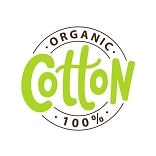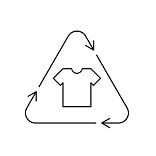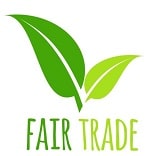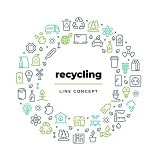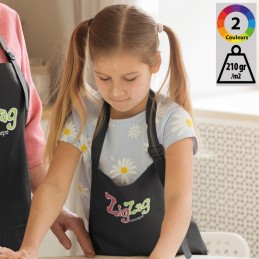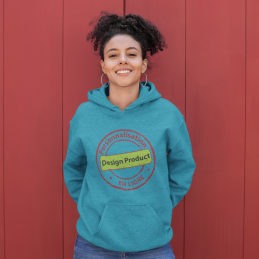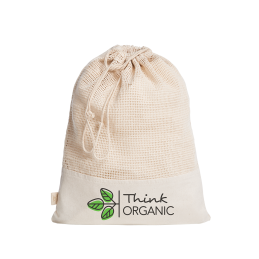This article lists the most commonly used clothing materials and their general purposes.
Contents summary:
- Acrylic - alternative to cheap wool, smooth and soft feel, easily static.
- Cotton - generic use, several types of cotton, very versatile, absorbs moisture.
- Elastane/Spandex/Lycra - provides elasticity, maintains shape well.
- Linen - high strength, does not stretch, provides structure and breathability, absorbs moisture.
- Lyocell / Tencell - takes dyes well, soft to the touch, versatile, absorbs moisture.
- Modal / Viscose - same as lyocell / tencell but stronger.
- Nylon / polyamide - hydrophobic, very high resistance.
- Polyester - holds shape, resists shrinking, dries quickly, non-breathable, very versatile.
- Silk - smooth feel, high strength, expensive.
- Wool - water resistant, good insulation, moisture wicking, breathable, very versatile.*
Clothing Material Details:
Acrylic - A fairly common synthetic material, similar in look and feel to wool. It is light, soft and smooth. Like other synthetics, acrylic is hydrophobic. It also tends to generate static electricity and stick to the body. It has high elasticity, keeps color well and does not wrinkle. It also tends to pill over time and is not ideal in high temperatures. You will often see acrylic in performance clothing or mixed with wool.
Cotton - The biggest problem with cotton is that it is the most commonly used organic material in fashion, and a lot of it comes from India and China (2019/2020 stats). The characteristics of cotton depend on two things: the milling, the weaving and to some extent on the plant species “cotton”. From fast fashion to designer, most clothing brands won't tell you what cotton is used in their garments. Some types of cotton; Upland Cotton, Pima Cotton, Supima Cotton, Egyptian Cotton, Sea Island Cotton,...
There are so many factors in determining a quality cotton, let's just say it's a generic, all-purpose material that everyone is familiar with. There are certainly different levels of cotton, but when evaluating a particular garment, I would say that the feel under your hand, the construction, the weight and the design are the things you should focus on. [ORGANIC COTTON] 🌱
Elastane/Spandex/Lycra - Elastane and spandex are the same thing: spandex is a very American name while elastane is a more global name. Lycra is actually a brand of spandex. It is a very flexible material, lighter than rubber, and usually 2% is enough to keep the shape of a garment. Sportswear often uses this material. Spandex is never used alone in clothing and is always part of a fabric blend.
Flax - A warm season favourite, flax is made from flax plants, with the majority coming from Europe, Egypt and China. It has great resistance over time, does not wrinkle easily and is slightly silky in its texture and appearance. However, linen doesn't have a lot of stretch, so it doesn't stretch to conform to your body like cotton would. Rather, it is a relatively stiff fabric that creates a more structured drape. Linen is very breathable and has good moisture wicking ability, so it absorbs sweat away from your body. As a fabric, it is often used in all types of clothing except underwear.
Lyocell / Tencel / Rayon - First of all, Tencel is just a brand name of Lyocell. It is a material made from regenerated cellulose after bleaching wood pulp. Viscose, modal and lyocell/Tencel are all derived from plants, usually trees, but can be soybeans, bamboos or even cotton plants. They are all varieties of the same fiber known invariably as viscose in Europe and rayon in North America. These textiles can be called semi-synthetic, since they are chemically processed, but from natural raw materials.
Nylon/Polyamide - Nylon is a type of polyamide. A common synthetic, especially in outdoor gear. Nylon is completely hydrophobic, making it ideal for raincoats and the like. It also has extremely high strength, beating even polyester. When used in a blend, nylon provides crease resistance and quick-drying properties.
Polyester - For many people, polyester is the big bad wolf of clothing, almost always associated with cheapness or poor "quality". As a material, it is strong and flexible, resists shrinking, dries quickly and is much cheaper than cotton. Although polyester is stain resistant due to its hydrophobic properties, this also means that it is more difficult to dye. The distinct disadvantage of polyester is that it is not breathable at all, which can make garments with a high polyester content uncomfortable due to perspiration.
Silk - Very soft to the touch There are different types and treatments of silk which produce different sensations under the palm of the hand, but in general it is extremely soft to the touch. Due to its relatively higher cost, it is very rare to find silk as a material in low-end clothing. Harvesting silk is extremely time consuming and only a handful of insects produce silk, including moths, spiders, bees and worms. Worms are currently the only real and consistent source. Fun fact, although harvesting silk involves boiling the worms in their cocoons, these worms are then processed for food and fertilizer.
Wool - Like cotton, wool encompasses a wide range that affects the fabric and the final garment. Generally, all wools are water resistant, moisture wicking, provide good insulation, are breathable and naturally odor resistant. Wool is also very sensitive tends to shrink in hot water/dryer cycles. You will often see dry cleaning as the recommendation on care labels.
Some types of wool; virgin/lamb wool, Merino wool, Cashmere wool, Angora wool, Alpaca wool.
Thinking
For example, for a T-shirt, among the FAST fashion giants, it is likely that the composition is not 100% cotton. Typically, FAST fashion companies use synthetics as a cost-cutting measure because their business model is based on cost reduction and increasing volume, while "slow fashion" uses synthetics for specific properties, because they rely more on a greener ethic. However, keep in mind what each material actually contributes before passing judgment.
©zigzag-concept
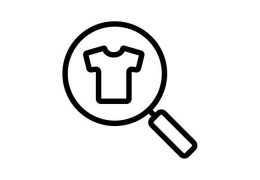 The Various Textile Materials18/06/2021Posted in: TextilesThis article lists the most commonly used clothing materials and their general purposes.Read more
The Various Textile Materials18/06/2021Posted in: TextilesThis article lists the most commonly used clothing materials and their general purposes.Read more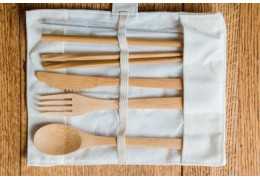 Toxic bamboo fibers - What you need to know.18/06/2021Posted in: TextilesContrary to what one might think, bamboo dinnerware is not made solely from bamboo. It also...Read more
Toxic bamboo fibers - What you need to know.18/06/2021Posted in: TextilesContrary to what one might think, bamboo dinnerware is not made solely from bamboo. It also...Read more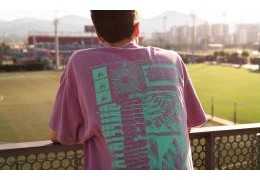 The guide to screen printing on personalized textiles31/01/2022Posted in: TextilesScreen printing is a stencil printing technique. A method, ideal for customizing t-shirts,...Read more
The guide to screen printing on personalized textiles31/01/2022Posted in: TextilesScreen printing is a stencil printing technique. A method, ideal for customizing t-shirts,...Read more Create custom t-shirts for your favorite cause!23/01/2022Posted in: TextilesCreate custom t-shirts to support your favorite cause. Sell custom T-shirts, wear custom T-shirts...Read more
Create custom t-shirts for your favorite cause!23/01/2022Posted in: TextilesCreate custom t-shirts to support your favorite cause. Sell custom T-shirts, wear custom T-shirts...Read more Why make custom t-shirts greener for the planet?02/02/2022Posted in: TextilesClothing production has a huge impact on the environment and the working conditions of people in...Read more
Why make custom t-shirts greener for the planet?02/02/2022Posted in: TextilesClothing production has a huge impact on the environment and the working conditions of people in...Read more

